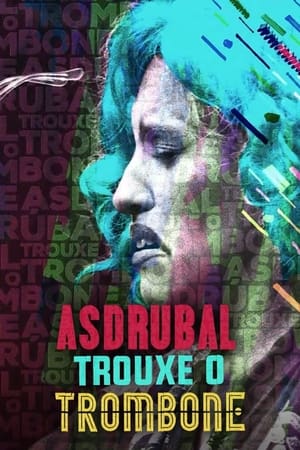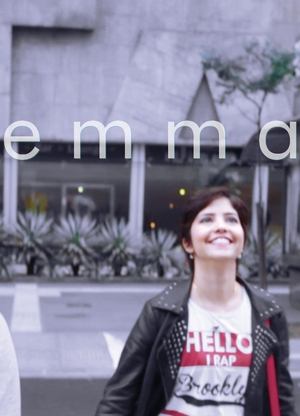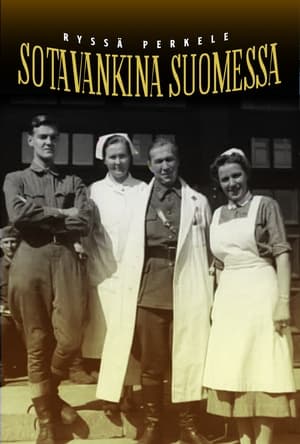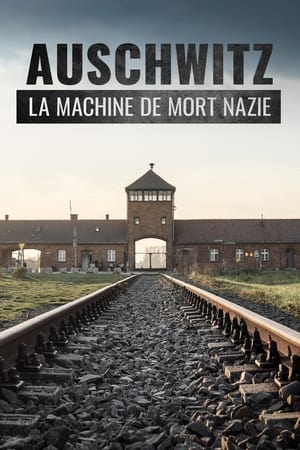

Harbour of Hope(2011)
In 1945 Irene, Ewa and Joe were among the nearly 30,000 survivors rescued from German concentration camps to the peaceful harbour town Malmö, Sweden. Here they started life again.

Movie: Harbour of Hope
Top 10 Billed Cast
Self
Self
Self
Self
Self (archive footage; uncredited)
Self (archive footage; uncredited)
Self (archive footage; uncredited)
Self (archive footage; uncredited)
Self (archive footage; uncredited)
Self (archive footage; uncredited)

Hoppets hamn
HomePage
Overview
In 1945 Irene, Ewa and Joe were among the nearly 30,000 survivors rescued from German concentration camps to the peaceful harbour town Malmö, Sweden. Here they started life again.
Release Date
2011-12-15
Average
5.8
Rating:
2.9 startsTagline
Genres
Languages:
EnglishDeutschsvenskaKeywords
Recommendations Movies
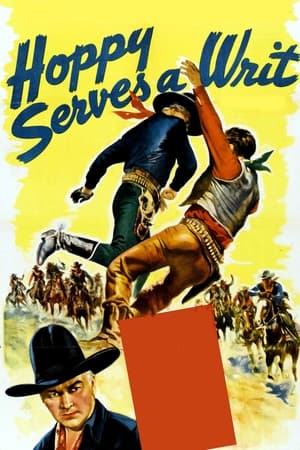 6.5
6.5Hoppy Serves a Writ(en)
Posing as a cattle buyer, Hoppy crosses over into Oklahoma where the Jordan brother's and their outlaw gang operate outside the law. After receiving an unfriendly reception when he finds them, he, California, and Johnny rustle their cattle and drive across the river into Texas. He hopes they will cross over to retrieve their cattle and then he can arrest them.
Forest(en)
Short film built from photographs, sped up like a traditional stop motion and is meant to be an evocation of the English Eerie and Folk Horror.
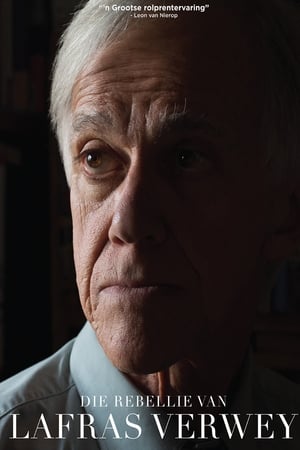 6.5
6.5The Rebellion of Lafras Verwey(en)
Lafras Verwey (58) has worked as a clerk in the Civil Service in Pretoria for thirty years. By day he sorts files and whiles away the mundane hours writing grandiose propaganda speeches and drilling imaginary platoons in the washroom, but unbeknownst to his colleagues he is also a clandestine parcel courier for a secret organization that recruited his services to complete their covert mission.
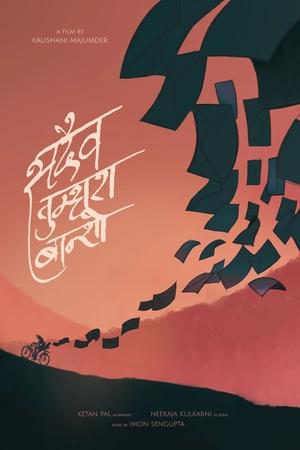 6.0
6.0Forever Yours, Bansho(hi)
In the peaceful hamlet of Dzuluk, a man is about to return to his wife of thirty four years, a marriage they have sustained mostly through letters.
 10.0
10.0The Macondian Hollywood(es)
Functions without theaters, murals without walls, clothes without fabrics and students without schools says the necessary about the state abandonment and but also talent and creativity of Colombians, which it has nothing to lose. The documentary tells the story of the beginnings and resilience of several artist from Barranquilla in different disciplines in continuing to maintain and diversify the living culture, that remain to exist.
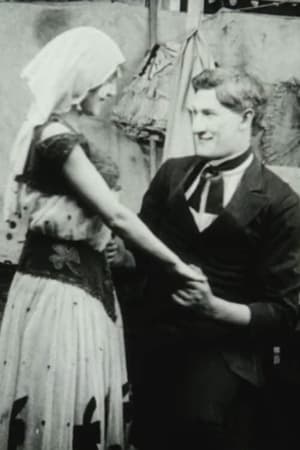 5.0
5.0The Star of the Side Show(en)
Her parents were humble peasants, and were fond of her when she was a baby, for they believed she would grow up to be a beautiful woman and make a good match. The trouble was that she didn't grow up. When she was nineteen she was no bigger than a child of six. Naturally they were overjoyed when an offer for their daughter's hand was made by another midget who lived in the same village. To their astonishment and anger, the girl refused to entertain it, declaring the husband she chose would have to be a man of whom she could be proud. Her home life was most unhappy after that, and the entire family rejoiced when a showman from the United States arrived and offered what seemed big money if she would join his "Congress of Freaks," which was quite an institution in America. And the girl went gladly.
 4.8
4.8Hello! Project DVD Magazine Vol.3(ja)
Various introductions corners, card games, quizes, 'Making Of', and concert 'Backstage Footage'.
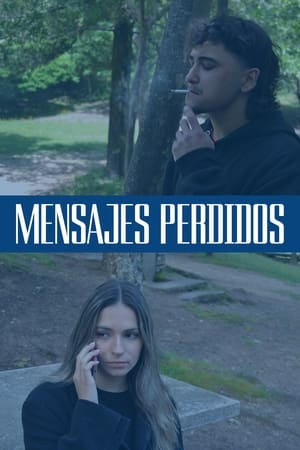 0.0
0.0Lost Messages(es)
Laura calls her boyfriend Fernando repeatedly to demand answers but he never picks up and it always goes to voicemail. Heartbroken, Laura returns to the park where they used to go jogging together.
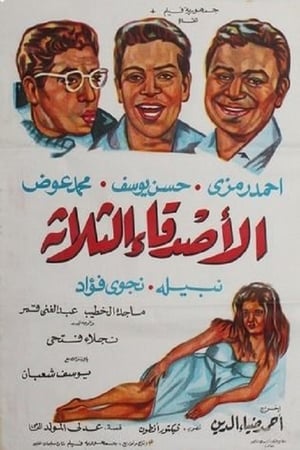 6.1
6.1The Three Friends(ar)
Three friends are arrested after committing an accident with their car. After finishing their sentence, they become partners with the owner of a decoration workshop. But he deceives them and spends the money in gambling. They force him to sign a waiver of his workshop but he wants to get it back.
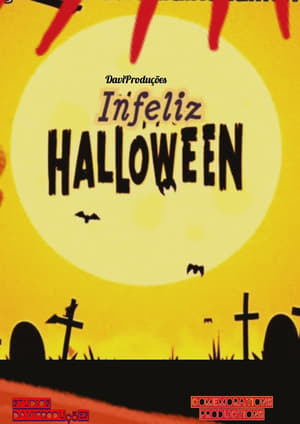 9.5
9.5Kill yourself on halloween(pt)
A movie about the blue ghost and missing people on halloween
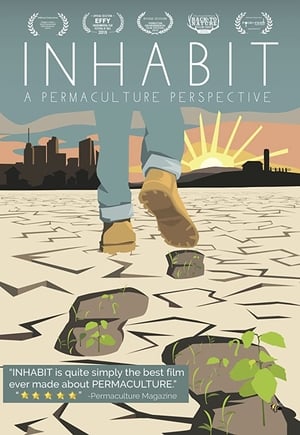 8.3
8.3Inhabit: A Permaculture Perspective(en)
Inhabit is a feature length documentary introducing permaculture: a design method that offers an ecological lens for solving issues related to agriculture, economics, governance, and on. The film presents a vast array of projects, concepts, and people, and it translates the diversity of permaculture into something that can be understood by an equally diverse audience. For those familiar, it will be a call to action and a glimpse into what's possible - what kind of projects and solutions are already underway. For those unfamiliar, it will be an introduction to a new way of being and a new way of relating to the Earth. For everyone, it will be a reminder that humans are capable of being planetary healing forces.
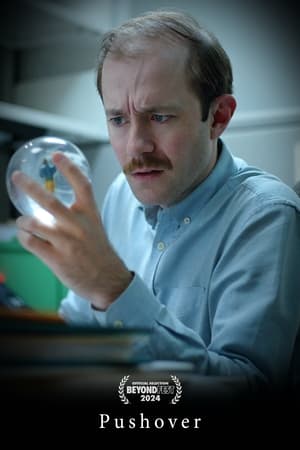 8.3
8.3Pushover(en)
A man's life is upended by increasingly threatening phone calls demanding he leave a review for a paperweight purchased online.
 10.0
10.0The Little Sotmaid(ru)
On a remote almost uninhabited island, there are two gently friendly representatives of the once opposing sides. They have long been accustomed to each other and do not expect any changes in life. And all of a sudden a woman appears on the island!
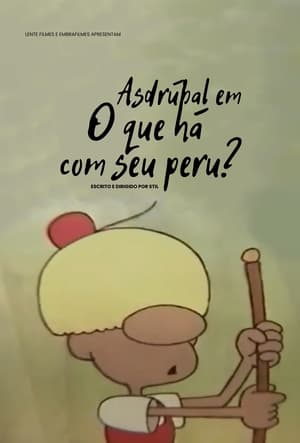 5.8
5.8Asdrúbal, O que há com seu peru?(en)
Asdrúbal is the zoo sweeper, the handyman. One day, when he was feeding the turkeys, he noticed that one of them was talking.
 4.0
4.0Without Conscience(it)
Reclusive middle-aged male nurse Mauro may be in over his head when -- to save his hospital job -- he agrees to accompany 10-year-old illegal immigrant Eddi to meet his adoptive parents at the Swiss border. Along for the ride is a laconic small-time mobster named Rollo, and problems soon ensue in the form of car trouble, a Bulgarian hooker and her pimps.
 5.9
5.9Gary Cooper, que estás en los cielos(es)
A woman nearing her forties, Andrea Soriana, has always pushed aside personal questions and romantic relationships in pursuit of professional success. Now a major illness forces her to reconsider her life--work, family, friendships, men-- causing a psychological and emotional crisis pushes her toward a drastic decision.
Similar Movies
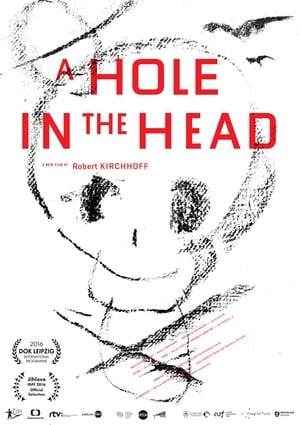 6.3
6.3A Hole In The Head(cs)
A pig farm in Lety, South Bohemia would make an ideal monument to collaboration and indifference, says writer and journalist Markus Pape. Most of those appearing in this documentary filmed in Slovakia, the Czech Republic, Poland, France, Germany and Croatia have personal experience of the indifference to the genocide of the Roma. Many of them experienced the Holocaust as children, and their distorted memories have earned them distrust and ridicule. Continuing racism and anti-Roma sentiment is illustrated among other matters by how contemporary society looks after the locations where the murders occurred. However, this documentary film essay focuses mainly on the survivors, who share with viewers their indelible traumas, their "hole in the head".
Hitler's Forgotten Victims(en)
The story of black and mixed race people in Nazi Germany who were sterilised, experimented upon, tortured and exterminated in the Nazi concentration camps. It also explores the history of German racism and examines the treatment of Black prisoners-of-war. The film uses interviews with survivors and their families as well as archival material to document the Black German Holocaust experience.
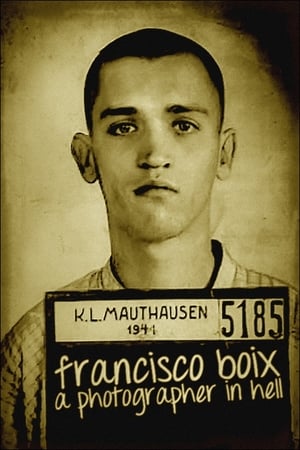 5.0
5.0Francisco Boix: A Photographer in Hell(es)
In 1939, just finished the Spanish Civil War, Spanish republican photographer Francesc Boix escapes from Spain; but is captured by the Nazis in 1940 and imprisoned in the Mauthausen concentration camp, in Austria, a year later. There, he works as a prisoner in the SS Photographic Service, hiding, between 1943 and 1945, around 20,000 negatives that later will be presented as evidence during several trials conducted against Nazi war criminals after World War II.
 7.0
7.0The Liberation of Auschwitz(de)
This chilling, vitally important documentary was produced to mark the 40th anniversary of the liberation of Auschwitz Concentration Camp. The film contains unedited, previously unavailable film footage of Auschwitz shot by the Soviet military forces between January 27 and February 28, 1945 and includes an interview with Alexander Voronsov, the cameraman who shot the footage. The horrifying images include: survivors; camp visit by Soviet investigation commission; criminal experiments; forced laborers; evacuation of ill and weak prisoners with the aid of Russian and Polish volunteers; aerial photos of the IG Farben Works in Monowitz; and pictures of local people cleaning up the camp under Soviet supervision. - Written by National Center for Jewish Film
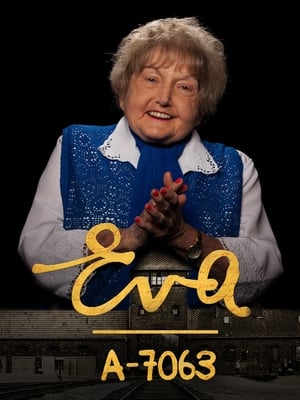 0.0
0.0Eva: A-7063(en)
As a 10-year-old “Mengele Twin,” Eva Kor suffered some of the worst of the Holocaust. At 50, she launched the biggest manhunt in history. Now in her 80s, she circles the globe to promote the lesson her journey has taught: Healing through forgiveness.
 7.3
7.3From Where They Stood(fr)
A handful of prisoners in WWII camps risked their lives to take clandestine photographs and document the hell the Nazis were hiding from the world. In the vestiges of the camps, director Christophe Cognet retraces the footsteps of these courageous men and women in a quest to unearth the circumstances and the stories behind their photographs, composing as such an archeology of images as acts of defiance.
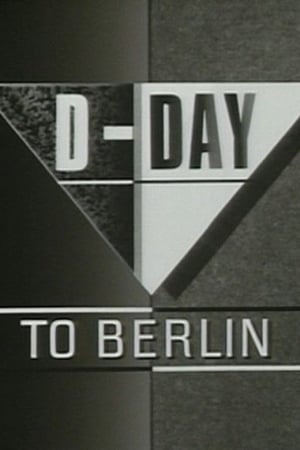 7.5
7.5D-Day to Berlin: A Newsnight Special(en)
George Stevens's remarkable film is acclaimed by historians as the most important colour footage taken during the war. Milestones covered include the liberation of Paris, the link-up between the Russian and American armies on the River Elbe and the Allied capture of the Dachau concentration camp.
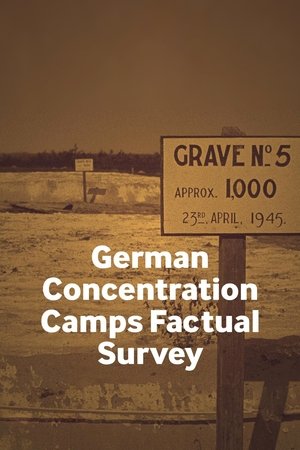 7.3
7.3German Concentration Camps Factual Survey(en)
On the 29th September 1945, the incomplete rough cut of a brilliant documentary about concentration camps was viewed at the MOI in London. For five months, Sidney Bernstein had led a small team – which included Stewart McAllister, Richard Crossman and Alfred Hitchcock – to complete the film from hours of shocking footage. Unfortunately, this ambitious Allied project to create a feature-length visual report that would damn the Nazi regime and shame the German people into acceptance of Allied occupation had missed its moment. Even in its incomplete form (available since 1984) the film was immensely powerful, generating an awed hush among audiences. But now, complete to six reels, this faithfully restored and definitive version produced by IWM, is being compared with Alain Resnais’ Night and Fog (1955).
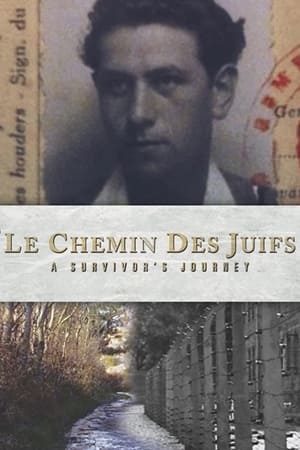 0.0
0.0Le Chemin des Juifs: A Survivor's Journey(en)
The indelible testimonial of David Shentow, Canadian WWII immigrant and Holocaust survivor lies at the heart of a remarkable journey that begins in 1942 on Le Chemin des Juifs, a forgotten road in Northern France. David's eloquence and vivid recounting of events will indelibly mark the heart and conscience of every viewer.
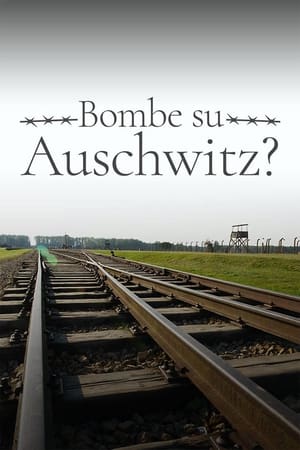 7.5
7.51944: Should We Bomb Auschwitz?(it)
In 1944, two prisoners miraculously escaped from Auschwitz. They told the world of the horror of the Holocaust and raised one of the greatest moral questions of the 20th century.
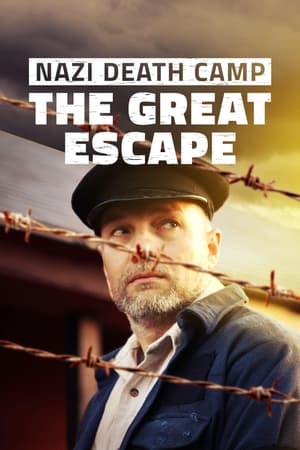 6.7
6.7Nazi Death Camp: The Great Escape(en)
The secret Nazi death camp at Sobibor was created solely for the mass extermination of Jews. But on the 14th October 1943, in one of the biggest and most successful prison revolts of WWII, the inmates fought back.
 5.9
5.9Polanski, Horowitz. The Wizards From the Ghetto(pl)
Filmmaker Roman Polanski and photographer Ryszard Horowitz meet in Kraków, Poland, where, strolling the streets, they share memories of their childhood and youth, the hardest days of their lives, when, during World War II, they met in the ghetto established by the Nazi occupiers.
 9.0
9.0Misa's Fugue(en)
The true story of one boy's journey as a victim of Nazi oppression. While exposed to some of the most horrific events of the Holocaust, Misa was able to endure the atrocities of genocide through his love of art and music.
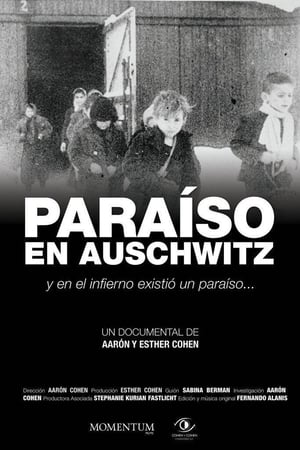 0.0
0.0Heaven in Auschwitz(en)
A documentary film that tells the fascinating and incredible story of 13 Jewish survivors of the Holocaust in former Czechoslovakia, during the II World War. These men and women, that back then were children, found a legendary Jewish-German character named Fredy Hirsch, who changed their lives forever. The work describes the terrible living conditions in Terezin Ghetto and; on the other hand, the approach to culture and art behind the walls of the concentration camp. Up to this moment, everything develops as a known story, but by the end of 1943 there is an unexpected turn when these children are deported together with their families to the extermination camp in Auschwitz-Birkenau. And there, in the middle of hell, they lived in.
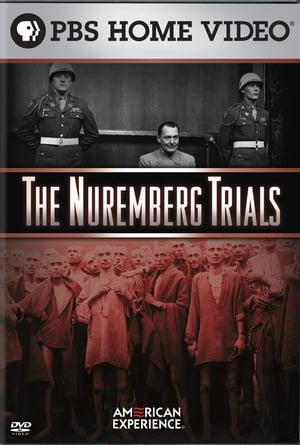 8.0
8.0The Nuremberg Trials(en)
One journalist described it as a chance "to see justice catch up with evil." On November 20, 1945, the twenty-two surviving representatives of the Nazi elite stood before an international military tribunal at the Palace of Justice in Nuremberg, Germany; they were charged with the systematic murder of millions of people. The ensuing trial pitted U.S. chief prosecutor and Supreme Court judge Robert Jackson against Hermann Göring, the former head of the Nazi air force, whom Adolf Hitler had once named to be his successor. Jackson hoped that the trial would make a statement that crimes against humanity would never again go unpunished. Proving the guilt of the defendants, however, was more difficult than Jackson anticipated. This American Experience production draws upon rare archival material and eyewitness accounts to recreate the dramatic tribunal that defines trial procedure for state criminals to this day.
Heil Hitler! Confessions of a Hitler Youth(en)
This short-form documentary focuses on the true story of Alfons Heck, who as an impressionable 10-year-old boy became a high-ranking member of the Hitler youth movement during World War II. The story is told in his own words. This film originally aired as part of the "America Undercover" series on HBO.
 5.0
5.0Ich bin! Margot Friedländer(de)
The documentary tells the life story of Margot Friedländer, a 101-year-old Berlin native who survived the Holocaust and was awarded the Federal Cross of Merit, First Class, in January of this year.
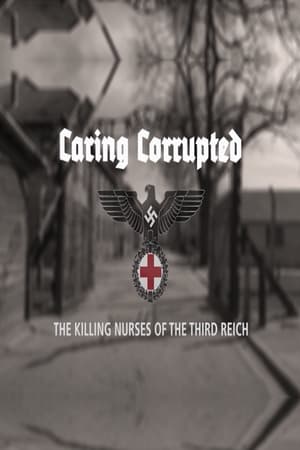 0.0
0.0Caring Corrupted: The Killing Nurses of the Third Reich(en)
About the nurses who used their professional skills to murder the handicapped, mentally ill and infirm at the behest of the Third Reich and directly participated in genocide.
